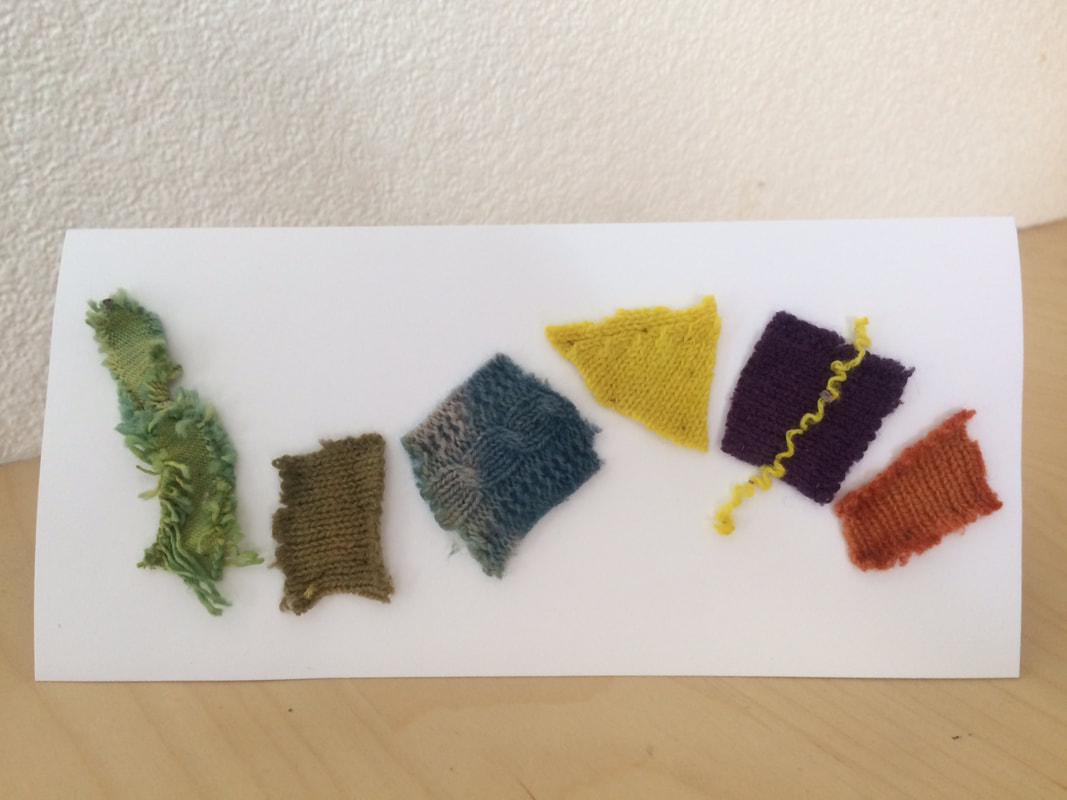|
Introduction
For the last few years a group of volunteers has met weekly to develop and tend to the garden at Armley Mills. The volunteers’ hard work has transformed the garden from a patch of green grass to a space with borders packed full of colourful plants of numerous different varieties. The garden is also an amazing resource full of plants that can be used to dye fabric. Over the last two summers the volunteers have begun to experiment with the dye plants. Fabric has been successfully dyed blue using leaves from the woad plant; orangey red using the root from the madder plant; and yellow using solidago flowers (commonly known as goldenrod). A variety of other colours has also been achieved using plants which are not traditionally referred to as dye plants. There is a lot of excellent information on natural dye plants both online and in books in Leeds libraries. The volunteers at Armley Mills Colour garden have repeatedly referred to these sources to inform their experiments and it is not the intention to replicate that information here. What makes the dyeing at Armley Mills different is that the group is primarily a garden group, so the dyeing has to fit around the gardening. This affects the dye process in a number of ways:
|
|
The aim of the dyeing is to experiment with the colours that the garden can produce. We are not aiming to be master dyers, and the limited time and outdoor working environment means that we cut corners and miss out processes that other dyers might consider vital to the practice of their art. Technically we could be said to be staining the fibres rather than dyeing them on some occasions. We also don’t have the time/equipment to raise the temperature of the dye bath slowly. The ‘shock’ of the temperature change does mean that our wool fibres might `felt’ a bit. However our focus has always been experimenting with the array of colours the garden can produce, and our less than perfect methods have not stopped us producing a vibrantly coloured weaving project.
|


